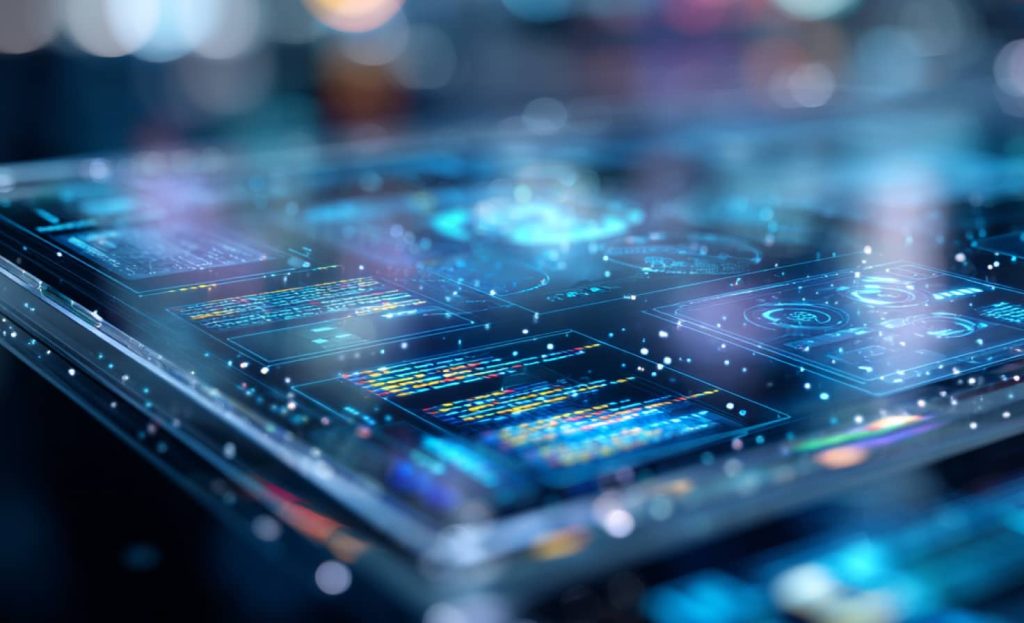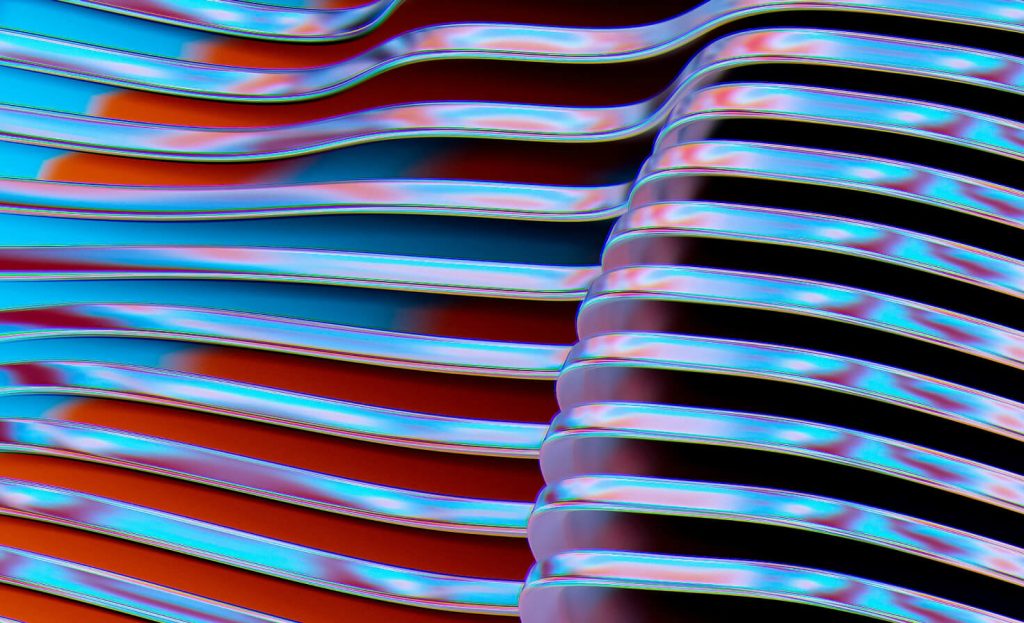
Technology plays a leading role in supporting providers, patients, and other stakeholders from diagnosis to treatment. Let’s dive into six ways healthcare software development is modernising and evolving the industry.
Big Data and Digital Health Technologies Provide Guidance for Treatment Decisions
No matter the disease or condition needing a treatment plan, they all look somewhat different. Each patient has a unique medical history, underlying conditions, and other factors that can impact how treatment does or doesn’t work for them.
Wouldn’t it be ideal if physicians could look at variables such as these and use big data and technologies to create more reliable and accurate treatment decisions? This use case is evolving and becoming more readily usable, and providers support it. In fact, 80% of clinicians believe these tools will help them make more data-driven decisions, according to the Clinician of the Future Report.
Robust data sets and a platform for analysis, which would include AI and machine learning, are necessary to drive this advancement. With this predictive approach, providers can shift from treating symptoms that could arise from various ailments to looking at the patient more holistically and even personalising the plan.

AI’s Integration into the Clinical Workflow
One of the biggest burdens clinicians face is when a technological solution that doesn't align with their workflows properly.
For a physician to diagnose and recommend a treatment plan, they depend on the valuable data in an EHR, but they shouldn’t have to jump through usability hoops to access it. The integration of AI into EHR clinical workflows reduces all this noise and manual work. AI becomes an automation engine to do things like scheduling. It can also aggregate data from multiple sources so it’s available to providers.
The outcome is less screen time and more patient time. Physicians also have an accurate and complete picture of the individual. This supports more accurate diagnosis and treatment plans that consider a patient holistically.
IoMT Patient Monitoring Delivers Data to Improve the Lives of Patients with Chronic Diseases
IoMT (Internet of Medical Things) devices have expanded monitoring and tracking of patients outside of care settings. They are heavily in use in hospitals, providing valuable data. Now they can also continue to collect data for those with chronic conditions. For example, doctors can monitor the glucose levels of diabetic patients. The information helps them evaluate current treatment methods and uncover behaviours causing spikes. With this in-depth data, patients and their physicians have a real-time and complete view of disease management.
There are more innovations that are becoming mainstream with IoMT. Those include things like:
- Ingestible sensors to collect digestive system data like stomach PH levels or find sources of internal bleeding
- Connected inhalers for those with respiratory diseases to observe the circumstances around attacks so that doctors can get to the root cause of the trigger
AI Improves Early Detection
Diagnostic tests and medical imaging are critical tools for clinicians in diagnosis. A patient can relay symptoms, but providers need more data to draw a conclusion. AI is becoming a factor in earlier diagnosis, finding anomalies that the human eye may miss. The application of this has been swift with AI learning through large data sets of what to look for in imaging reports.
An example is the use of AI to detect and diagnose cancer more accurately. It analyses tissue scans as well as pathologists do. Leveraging AI also alleviates the burdens on human intelligence, which, with greater workloads, can lead to a misdiagnosis.
AI also supports cardiovascular assessments. It can measure different heart structures and detect abnormalities in imaging tests with precision. So, it automates things like identifying any thickening of muscle structures that would make blood flow challenging. With this instant information, physicians can address problems early and work with patients on making changes before a heart attack happens.

Technology Creates Greater Accessibility with Telemedicine
Telemedicine is a technology revolution that had a slow start, accelerated during the pandemic, and remains a preferred channel. In 2022, 80% of people had used it at least once, and its usage crosses demographics. It’s beneficial in rural areas, with 73% of those living there adopting it.
Patients find it convenient, which means they will be more likely to keep appointments and schedule ongoing check-ins. As a result, patients may adhere to treatment plans with greater consistency, such as taking prescribed medications.
There’s more that this technology enables, and that’s access. It’s a huge barrier for many for several reasons. First, there are medical deserts in almost every region. These are areas where there are few medical resources and usually no specialists. Second, SDOH (social determinants of health) regarding transportation or assistance with appointments can be less of a factor in care access.
Augmented Reality and Virtual Reality Transform Data
Augmented reality (AR) and virtual reality (VR) have become a way to visualise data from tests. Physicians can display real-time information from MRIs, x-rays, or ultrasounds onto a patient’s body. It offers a comprehensive view to aid in diagnosis and treatment. Providers can also use it to create immersive experiences for patients. It can show them what a disease looks like inside their bodies and the effects of treatment.
Adopting healthcare software can require custom solutions to ensure excellence in care delivery and better outcomes. If you want to innovate and modernise your healthcare organisation, our team can help.

Related Insights








The breadth of knowledge and understanding that ELEKS has within its walls allows us to leverage that expertise to make superior deliverables for our customers. When you work with ELEKS, you are working with the top 1% of the aptitude and engineering excellence of the whole country.

Right from the start, we really liked ELEKS’ commitment and engagement. They came to us with their best people to try to understand our context, our business idea, and developed the first prototype with us. They were very professional and very customer oriented. I think, without ELEKS it probably would not have been possible to have such a successful product in such a short period of time.

ELEKS has been involved in the development of a number of our consumer-facing websites and mobile applications that allow our customers to easily track their shipments, get the information they need as well as stay in touch with us. We’ve appreciated the level of ELEKS’ expertise, responsiveness and attention to details.

